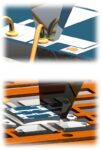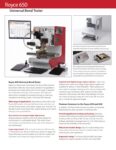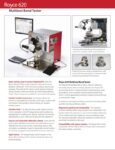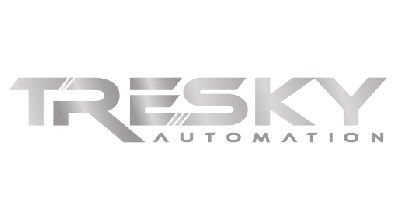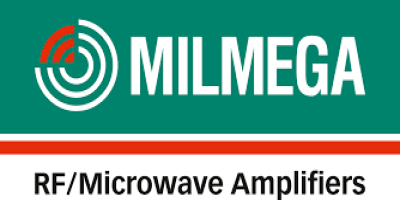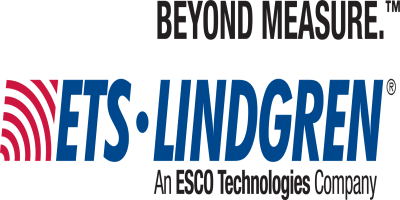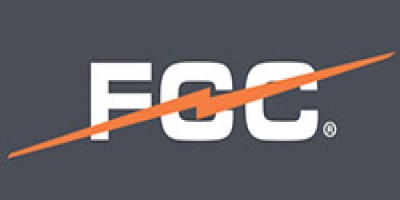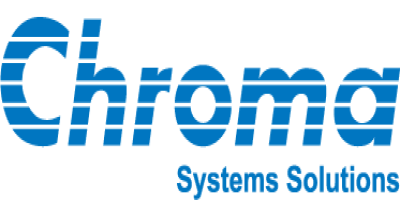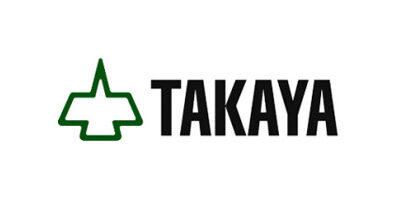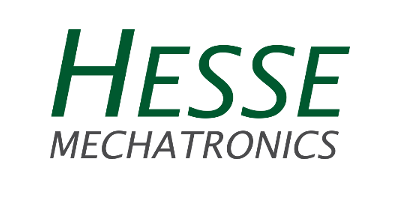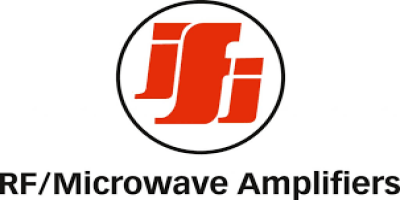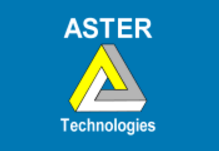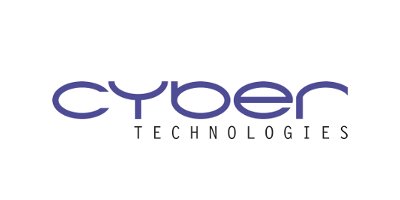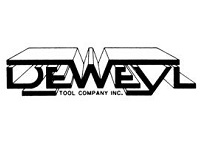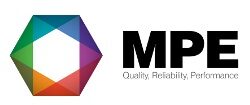Bond testing is necessary to evaluate the wire bonding quality and to confirm the consistency and reliability of the bonds in microelectronic assemblies and packages. The test evaluates the integrity of the wire loops or solder balls that form connections between the silicon chip and the external leads of the semiconductor device to the substrate. The force required to break the bond is measured and recorded. The type of bond failure is also recorded according to a grade code grading scheme that depends on the type of bond test.
The Royce bond testers support a full range of pull and shear test applications with wires of different materials (Au, Al, Cu) and with various diameters. Die shear as well as custom testing applications are also possible. Exchangeable test modules and a wide range of test piece holders are available to support almost all bond test requirements. The Royce embedded Bond Test Manager software operating system is a powerful yet easy to use interface to record bond test parameters, inspect and report the faillure mode and perform in depth analysis of the recorded data.
| 650 Universal Bond Tester
Applications performed by the Royce 650 include: wire pull, ball bond shear, die shear, solder ball (bump) shear, zone shear, tweezer pull, stud pull, die strength 3- point bend (push) test, heated testing, and custom testing to user specifications.
|
620 Multi-test Bond Tester
The Royce 620 Multitest Bond Tester offers an attractive midway bond test solution. It performs all of the most frequently used applications, such as: wire pull, ball bond shear, solder ball (bump) shear, tweezer pull, stud pull. The 620 employs manual sample positioning, which in some applications allows for higher productivity over a motorized XY stage.
|

